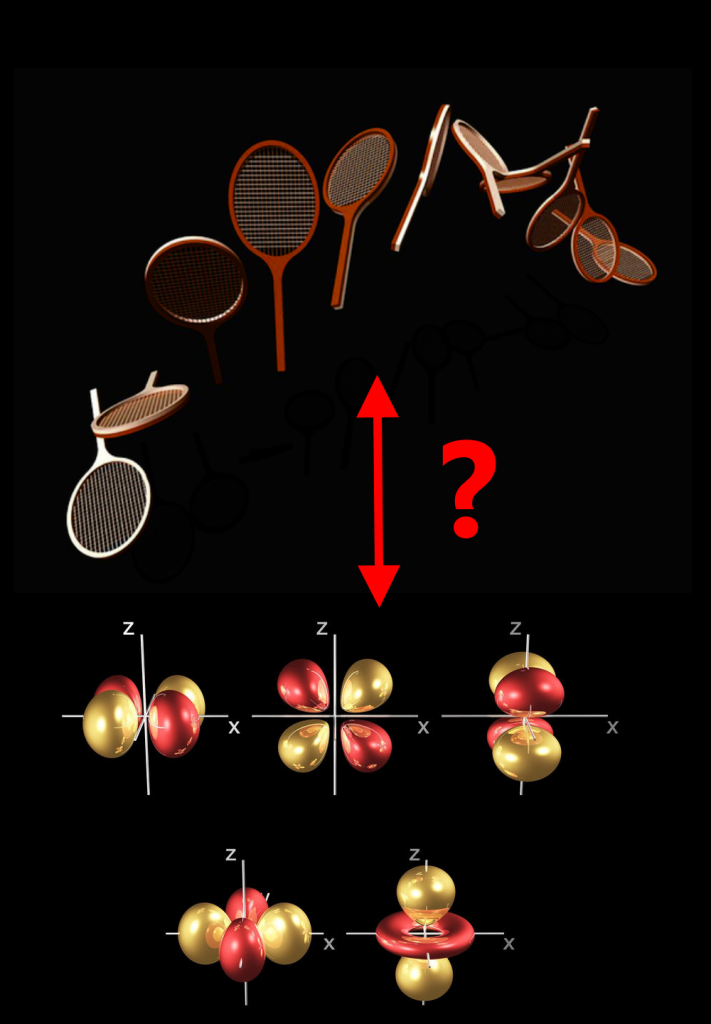
Location:
Institut Mathématiques de Bourgogne, Université de Bourgogne, France.
Duration:
12 months.
Dates:
September 2021 to August 2022
Net Salary:
2290€/month
Financing Institutions:



Contact:
Maximal entropy random walks on networks consist in considering the probabilities of transitions that maximize the entropy of the trajectory walk. Given the importance of the notion of entropy in both statistical physics and information theory, it is not surprising that these random walks have important connections with quantum physics and theoretical computer science.
A maximal entropy random walk can be a good model for locating electrons in irregular lattices. The stationary probability is then the fundamental state of the quantum random walk f(t) = exp(-itA)f(0) where A is the adjacency matrix of the lattice on which the random walk evolves. It is thus directly related to the quantum information.
The measurement of the importance of a node in a network is an essential data in modeling, both in computer science with search engines, and in neuroscience to detect neuronal activities. Knowing how to identify the importance of nodes is at the heart of many applications. Maximal entropy random walks allow to quantify this importance. They also provide a model of path integrals in quantum gravitation.
There is generally no easily accessible formula to define the transitions. The challenge of the post-doctoral will be to obtain a numerical simulation method of these random walks with maximum entropy: to reach the maximal entropy step as a limit, in steady state, to quantify the speed of convergence towards this steady state.
References:
- The various facets of random walk entropy,
Burda, Z. et al., Acta Phys.Polon. B41 (2010) 949-987
- Universal quantum computation using the discrete-time quantum walk
Neil B. Lovett, Sally Cooper, Matthew Everitt, Matthew Trevers, and Viv Kendon, Phys. Rev A 81, 042330 – 2010
- From Structure to Activity: Using Centrality Measures to Predict Neuronal Activity
International Journal of Neural SystemsVol. 28, No. 02, 1750013 (2018)
The applicant should have a PhD thesis in applied mathematics or mathematics, with a working knowledge of probability, and have a marked taste for numerical experiments. He/She will join the research team SPOC of the IMB, where he will be supervised by Peggy Cénac and Yoann Offret.
Working language: English or French.
To apply
To apply, send an e-mail to Peggy Cénac before March 30th, 2021, with the following:
- cover letter,
- a detailed CV with a list of publications,
- a copy of recent works (the PhD thesis dissertation, and/or the corresponding papers, if the PhD has not been defended yet).
Support letters can be joined, or sent separately.
